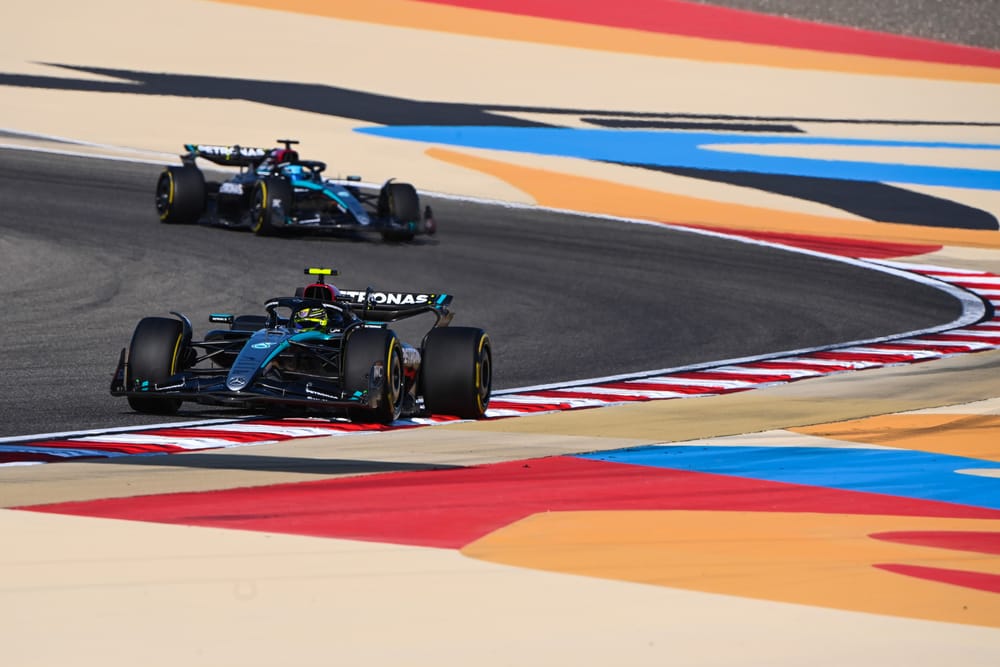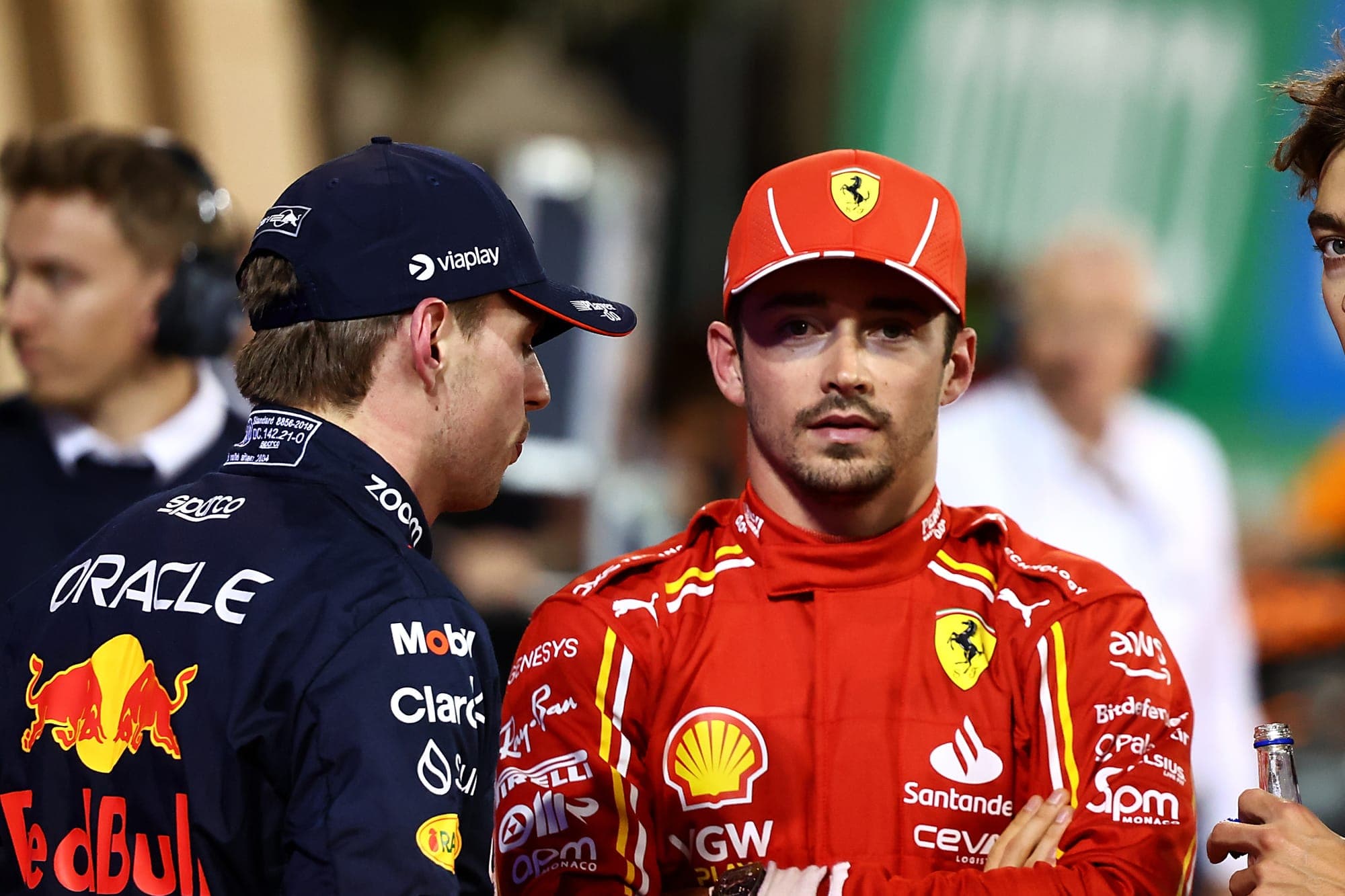

Although it may seem that it was pre-ordained that Max Verstappen and Red Bull would open the new season with yet another pole, actually this was probably a pole lost by Ferrari and Charles Leclerc. Had he been able to repeat his Q2 time in Q3, Charles would have shaded it by 0.014s.
For Leclerc, it all went back to the decision taken in Q1 to use up a second set of soft tyres. He’d been 0.3s off his session-heading team-mate Carlos Sainz who stayed in as everyone went out for second runs with the probability of the track grip ramping up as it cooled and rubbered-in. Leclerc was among those sent out – and even as he was lined up in the pitlane was querying the decision to fit another set of new softs.
As it turned out, he had no need to make that second run and he abandoned it – but that of course had put mileage on that set of tyres. He didn’t have the luxury of the Red Bull drivers of five sets (Verstappen and Sergio Perez having used only one new set in FP3 to the two of everyone else). So he’d already used up two of his four. One of them was needed to get through Q2 – and that’s when he set the lap that was actually faster than Verstappen’s pole.
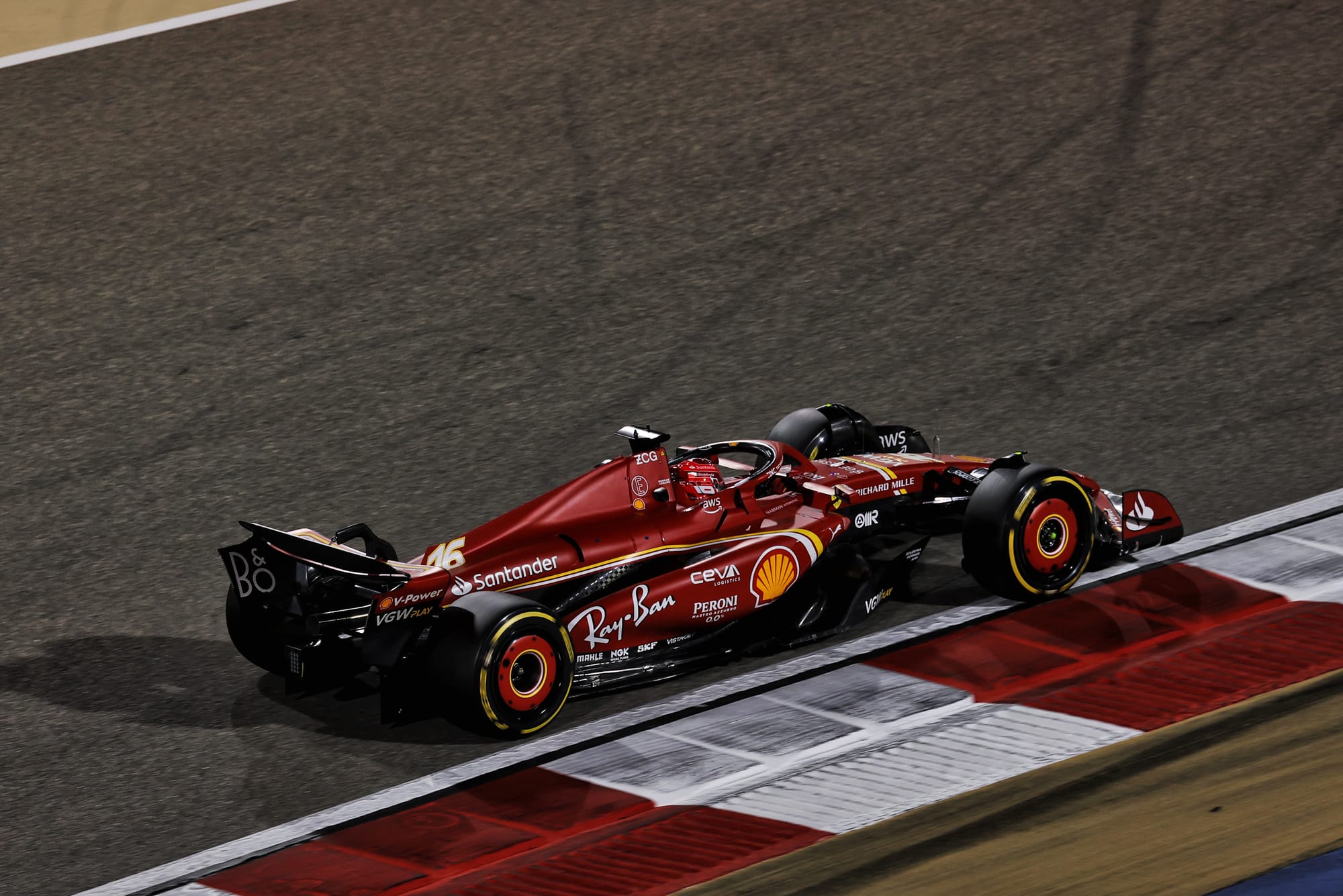
For the two runs of Q3, he did the first of them on the scrubbed set which had done that part-lap of Q1 before switching to his final new set for his last run.
“I lost the rhythm with the used set,” he said. “I had to re-adapt to the new tyres and with the track changing… The track is evolving and then you go out on new tyres. How much flap do you put on for the last run?”
The wrong angle of [front wing] flap, a little bit of confidence loss – and just like that Leclerc was 0.242s slower than he’d been in Q2. You can’t give that away to Max Verstappen and Red Bull.
“I’m not very happy,” Leclerc admitted. “We will discuss it. I thought we had quite some margin [in Q1] but the team didn’t want to risk it. It put us on the backfoot.”
As usual, Red Bull and Verstappen squeezed all that there was to give from a car which was far from straightforward to set up here. As he’d ended FP3 he’d said to his engineer Gianpiero Lambiase, “That’s not going to do it.” As Lambiase gave him the news of his pole, he said, “So it was enough.”
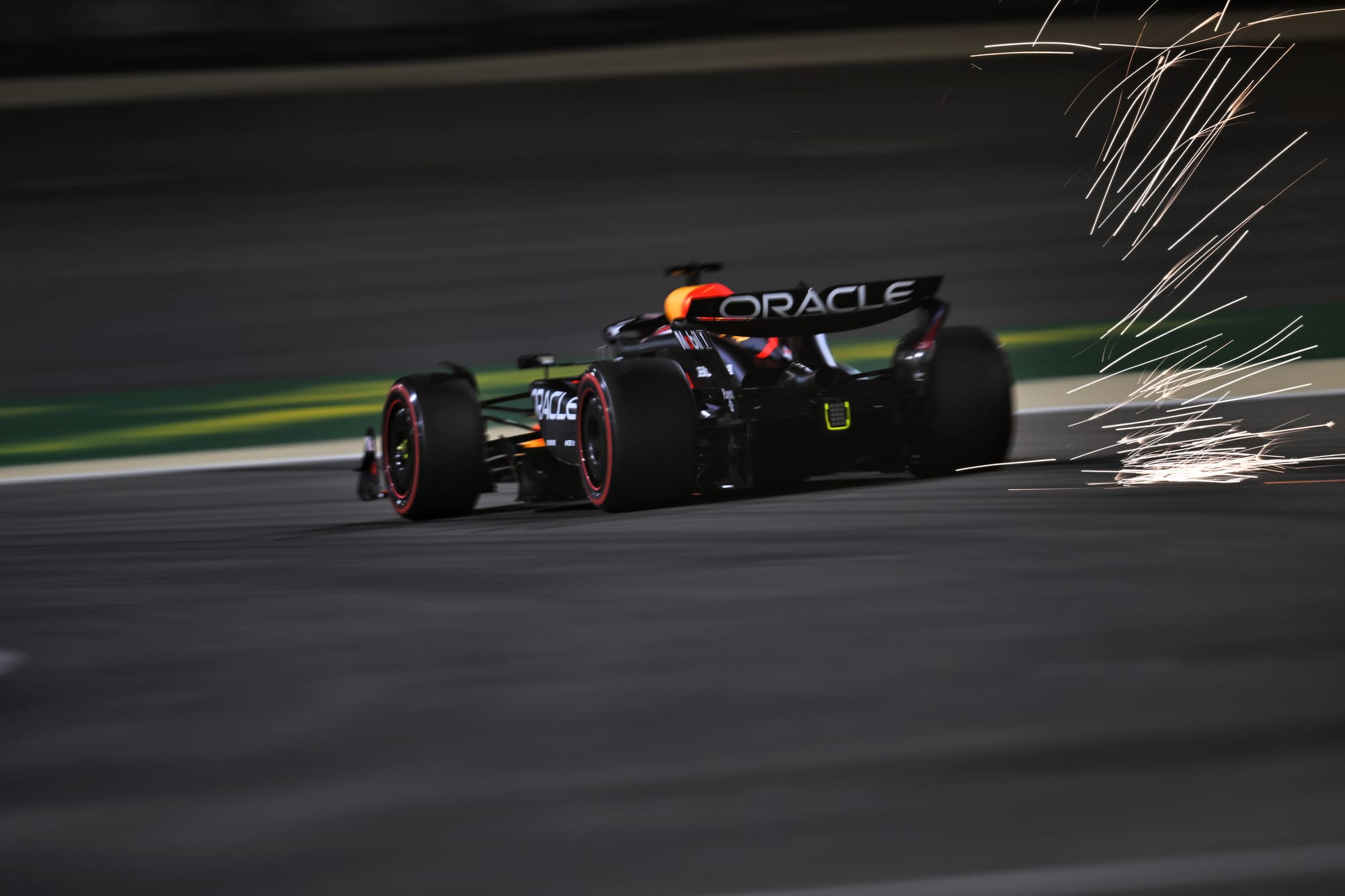
“I’m so sorry, GP,” Verstappen laughed. Behind that exchange it can be imagined how the driver and his engineer had been robustly discussing the qualifying/race trade-off.
Everyone had assumed Verstappen’s absence from the head of the timesheets through the practices was just conservative engine modes or a bit of fuel weight. Turns out, it was nothing of the sort. The car was just proving even trickier to balance than the others. This is never an easy task at Sakhir because of the huge difference between set-up demands over one lap and the race, bigger here probably than any other track on the calendar.
How much understeer do you need to accept for qualifying in order to protect the vulnerable rears in the race? And how much lap time does that cost? When you then factor in a track very different from testing and serious gusting crosswinds through Turns 4 and 13, the impact of any set-up changes is different. That was the same for everyone of course. But a car with more aerodynamic grip will lose more of that grip in a crosswind. A car with more entry understeer will snap more viciously when the crosswind hits.
So the variables were thrown up in the air by Friday’s conditions. In this regulation set the Ferrari has traditionally been a car with easier access to its sweetspot, perfect for a weekend of changing conditions. The Red Bull and – especially – the Mercedes have traditionally needed more work to tease out their potential.
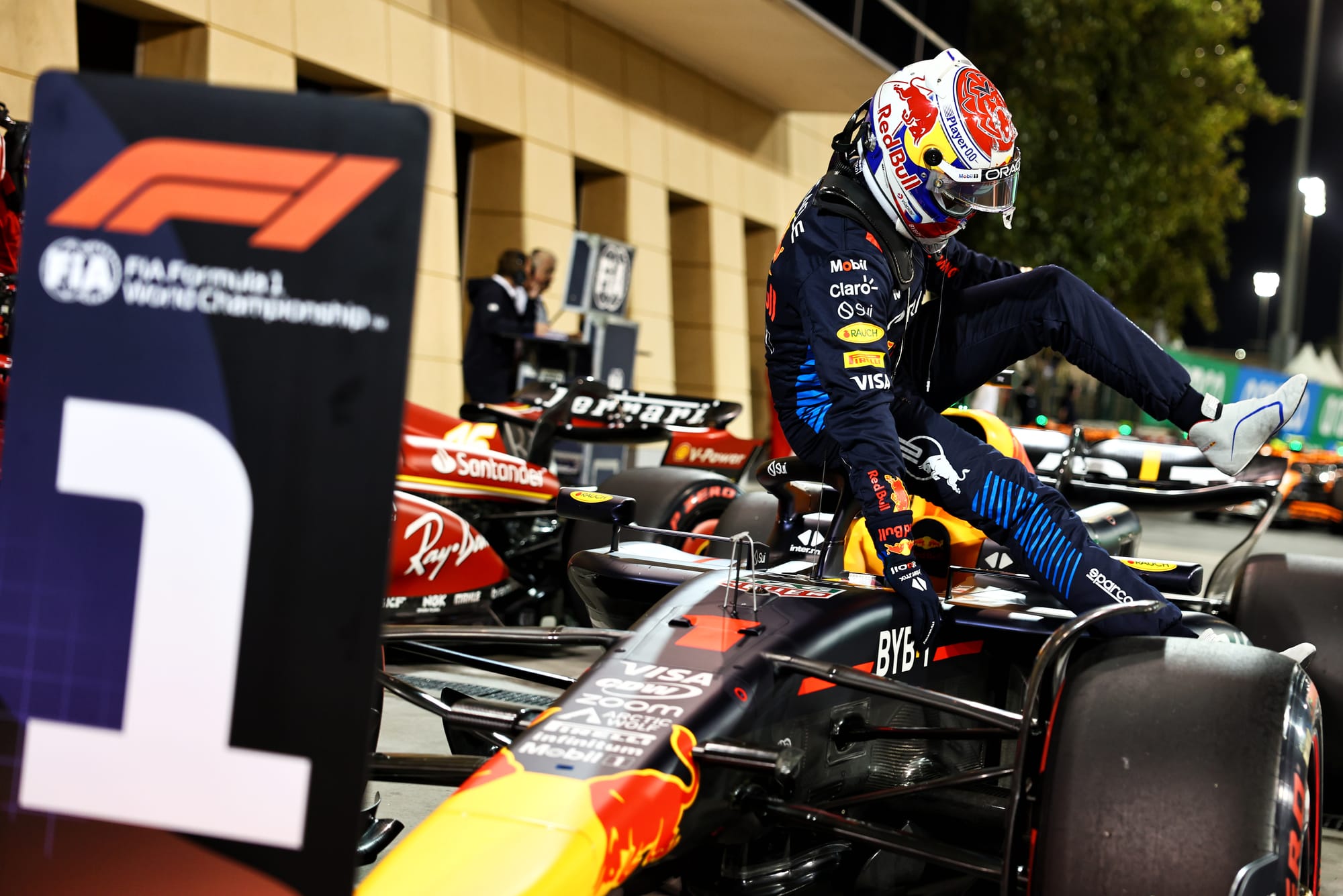
“It didn’t come easily to us through the weekend,” said Max afterwards. “Testing was very good but it was very windy this weekend and a bit more difficult to get the balance of the car together. We just continued to work all the way through qualifying. We made some good improvements. “It was just about getting the front and rear axles balanced.”
This was how it played out between Verstappen and Leclerc – those veteran Bahrain duellists – and their teams. Red Bull was just a little more confident, a little more sure-footed, and Verstappen went with it. Is it possible that Red Bull had the competition so psyched out, convinced that it had a bigger performance advantage than it really did?
Did that play its part in making Ferrari a little jumpy? Even if we go back to the first day of testing last week and how Verstappen’s 0.7s advantage seemed to psyche everyone out, when you scratched beneath the surface it was clear that Leclerc could do a comparable time. But no-one seemed to quite believe it.
Although the performance of the RB20 and SF-24 is quite similar over the lap, they are achieved in quite different ways. The Red Bull is much faster in sector one, the Ferrari way faster in the downforce demands of the middle sector – and edging it in sector three too. “I don’t know about sector two but the whole weekend [sector three] has been our weakness. I just couldn’t really go faster! That’s all the car was giving me.”
“It was the same for me in the first sector,” added Leclerc. “We’ve been struggling there all weekend and cannot really find the answer to it.”
Sector one rewards good mechanical and tyre grip through Turns 1-2 and 4. Sector three has those high-speed final couple of corners. That’s just the way the set-up compromises arrived at by each team with those two cars worked.
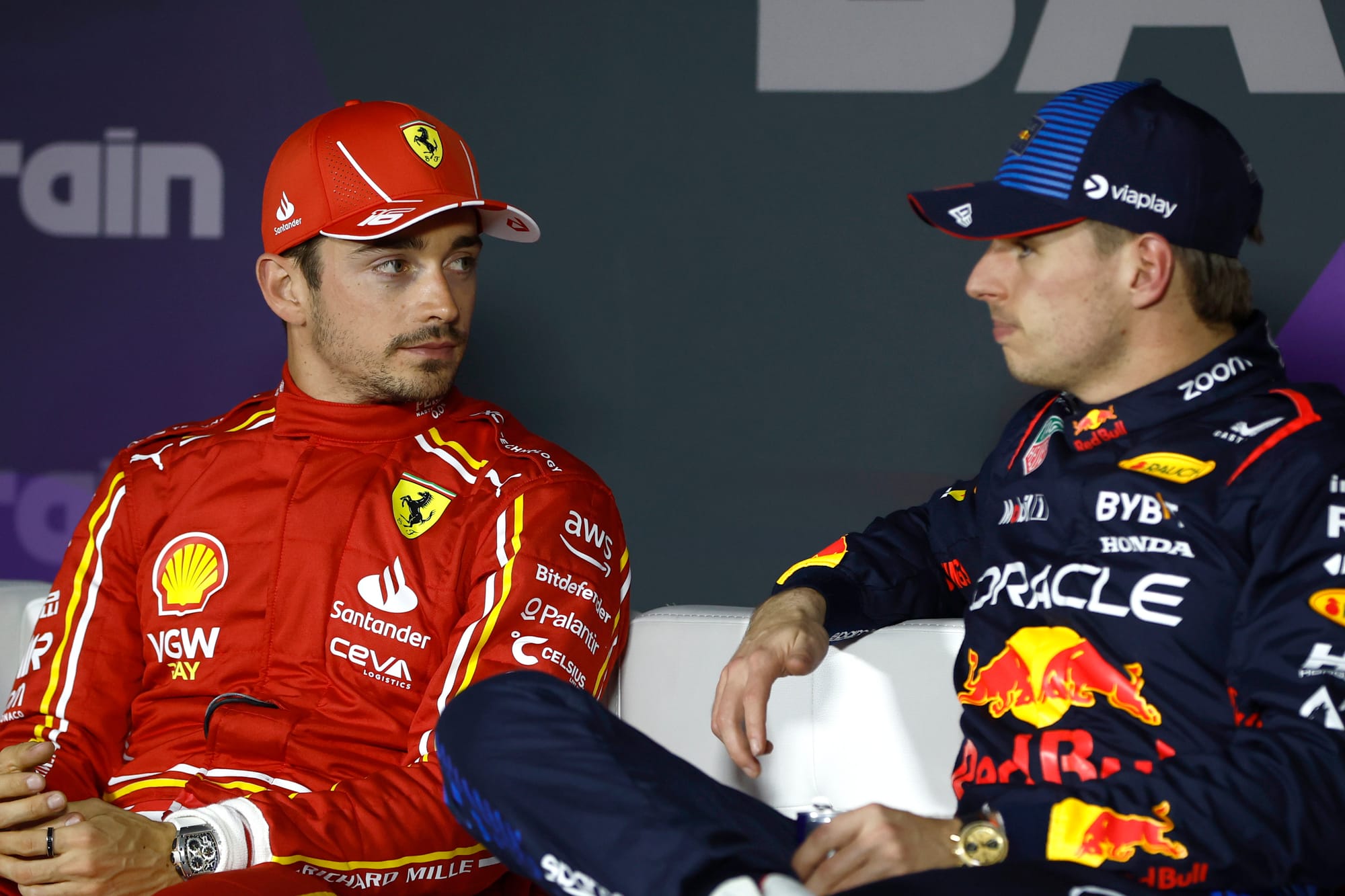
But if there is reason to be optimistic for a closer season, we should recall that the Red Bull advantage of the last two years has been massively better on race day than in qualifying. Last year the average qualifying advantage was around 0.15s. The race advantage was more like 0.7s.
That said, Ferrari’s race pace looks much more consistent this year. But it’s so far looked consistent at a pace somewhat adrift of what Verstappen and Perez have managed to do. “Yes, I think we’re closer,” said Leclerc, “but in the race I think they still have more than we’ve been able to see today.”
Does Verstappen disappear into the distance, leaving Ferrari to do battle with Mercedes, McLaren and Aston? Or do we have a re-run of early ’22 on our hands? Let’s see.
